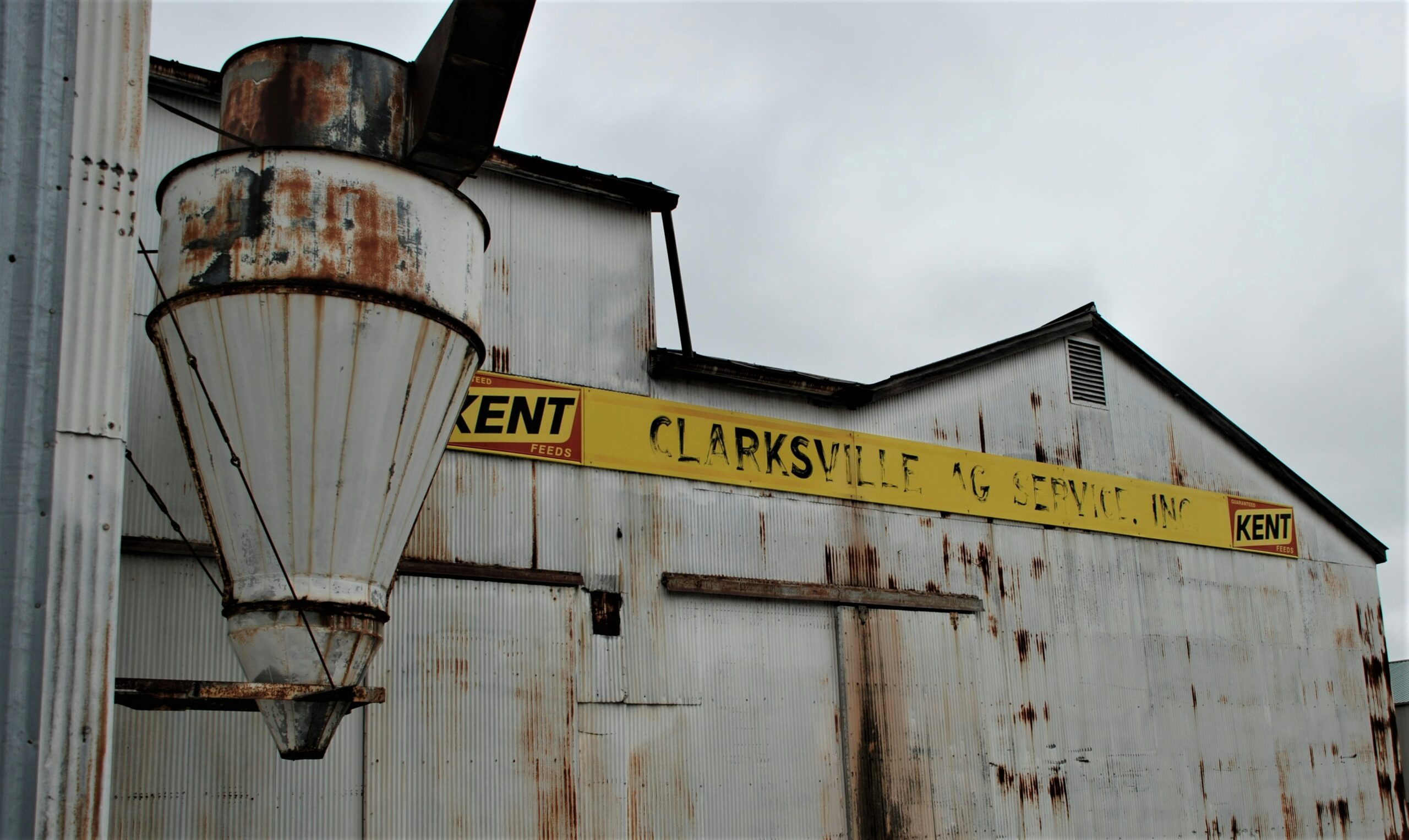Asbestlint might not be a term you encounter every day, but it holds a significant place in the world of materials and construction. Often associated with durability and strength, this mineral has been used for various applications over the years. However, its benefits come hand-in-hand with health concerns that cannot be overlooked. Understanding what asbestlint is and how it’s composed can provide valuable insights into its properties and uses. Let’s delve deeper into this fascinating yet controversial material to uncover both its potential and risks.
What is Asbestlint?
Asbestlint, commonly known as asbestos tape or asbestos cloth, is a product derived from natural minerals. This versatile material has been traditionally utilized for its heat-resistant properties.
Primarily composed of chrysotile and other forms of asbestos, asbestlint exhibits remarkable strength. Its fibrous structure allows it to withstand high temperatures without degrading quickly.
In construction and industrial settings, asbestlint has served numerous purposes—ranging from insulation to sealing joints in pipes and boilers. Despite its effectiveness in heat resistance, the use of this material raises significant health concerns due to its potential to release harmful fibers into the air when disturbed.
The debate surrounding asbestlint involves weighing its practical applications against the serious risks associated with exposure to asbestos fibers.
The Composition of Asbestlint
Asbestlint is primarily composed of naturally occurring silicate minerals. These minerals belong to the asbestos group, which includes chrysotile, amosite, and crocidolite. Each type has distinct characteristics but shares similar properties that make asbestlint unique.
Chrysotile, or white asbestos, is the most common form found in asbestlint. It consists of fine fibers that are flexible and can withstand high temperatures. Amosite offers greater heat resistance but is less flexible than chrysotile.
Crocidolite, known for its exceptional strength and durability, adds to the mineral blend’s resilience. The combination of these minerals gives asbestlint its renowned fire-resistant qualities while maintaining lightweight structures.
The intricate fibrous structure allows for various applications across industries. This versatility stems from the diverse composition of asbestlint itself.
Properties of Asbestlint
Asbestlint possesses a range of intriguing properties that have drawn attention for both industrial and construction purposes.
Its remarkable tensile strength allows it to withstand high levels of stress without breaking. This makes it an appealing choice in various applications where durability is essential.
Another noteworthy characteristic is its resistance to heat and fire. Asbestlint can endure extreme temperatures, which has historically made it popular in insulation materials.
Moreover, the mineral exhibits excellent chemical resistance. It does not easily react with many substances, ensuring longevity even in harsh environments.
Additionally, Asbestlint’s fibrous structure provides flexibility while maintaining stability. This unique combination enables it to be molded into different shapes as needed for specific uses.
These distinct properties contribute significantly to its historical role across several industries despite the increasing health concerns associated with asbestos-related products.
Uses of Asbestlint:
Asbestlint, known for its remarkable heat and chemical resistance, has found a range of applications over the years. Historically, it was commonly utilized in construction materials such as insulation and roofing products. Its durability made it an ideal choice for environments exposed to extreme temperatures.
In industrial settings, asbestlint served as a protective material in machinery and equipment. It effectively minimized wear and tear while providing safety from hazardous conditions.
Additionally, this mineral fiber was often incorporated into brake pads and gaskets due to its friction-resistant properties. Even today, remnants of its use can be seen in older buildings and vehicles.
However, awareness about health risks associated with asbestos has shifted focus away from these uses. Many industries are now exploring alternative materials that offer similar benefits without the associated dangers.
Health Concerns Surrounding Asbestlint
Asbestlint has garnered significant attention due to its health implications. The fibers in asbestlint can become airborne and pose serious risks when inhaled.
Exposure is linked to severe respiratory diseases, including asbestosis and lung cancer. Even brief encounters can have long-lasting effects on health.
Individuals working in environments where asbestlint is present are especially vulnerable. Prolonged exposure increases the likelihood of developing debilitating conditions over time.
The latency period for these diseases can stretch for decades, making early detection challenging. Symptoms may not appear until years after initial exposure, complicating diagnosis.
Public awareness has risen regarding these dangers, prompting stricter regulations on asbestos usage. Many organizations advocate for safer alternatives to mitigate risk effectively.
Alternatives to Asbestlint
When seeking alternatives to asbestlint, several materials stand out for their safety and effectiveness. One popular option is fiberglass insulation. It’s lightweight and offers excellent thermal performance without the health risks associated with asbestos.
Another contender is cellulose insulation, made from recycled paper products. This eco-friendly choice not only provides good insulation but also helps reduce environmental waste.
Mineral wool, or rock wool, is another viable substitute. It boasts fire-resistant properties while maintaining sound-dampening capabilities.
For those looking into building boards, cement board can replace asbestos-containing materials in a variety of applications. It’s durable and moisture-resistant.
Each alternative presents unique benefits that cater to specific needs in construction and renovation projects while ensuring safety remains a priority. Exploring these options can lead to safer environments without compromising quality or efficiency.
Conclusion
Asbestlint, a mineral known for its unique properties, has played a significant role in various industries. Understanding its composition helps clarify why it is utilized in certain applications. The distinct physical characteristics of asbestlint have made it appealing for uses that demand durability and heat resistance.
However, the health concerns surrounding asbestlint cannot be overlooked. Awareness of these risks is crucial for anyone working with or around asbestos-containing materials. Consequently, alternative solutions are gaining traction as industries seek safer options without compromising performance.
The future may see further innovation in material science, potentially leading to new substances that mimic the beneficial properties of asbestlint while ensuring safety and environmental responsibility.

